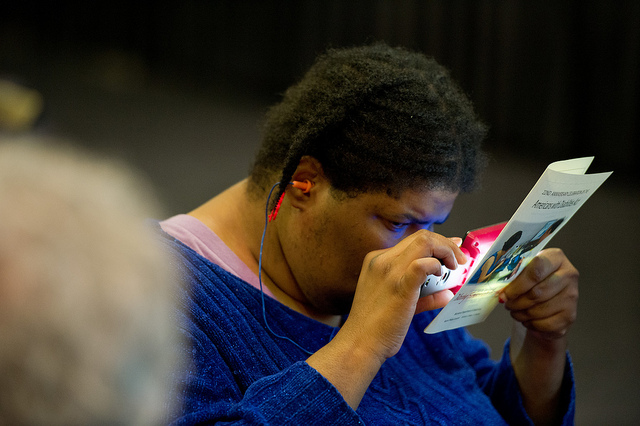
March 14, 2017; Paste
Media coverage of murder rarely if ever rationalizes the crime—unless the victim is a person with a disability. In an interview with Paste, David M. Perry, a disability-rights journalist, discussed his review of media coverage published between 2011 and 2015 of cases of filicide (the murder of one’s son or daughter) in which the victim had a disability. What he found was that the media perpetuates a narrative in which people with disabilities are dehumanized and discriminated against.
A recent Ruderman Family Foundation report written by Perry indicates that at least one person with a disability is killed each week by the very people who are supposed to take care of them. The number of murders is astounding, especially considering this counts only those cases that are reported, but what’s also disturbing is that these murderers are walking away with incredibly light sentences that do not fit the crime. For instance, the Huffington Post compares the sentences of two very similar manslaughter cases, each involving a mother killing her son. In the case of the child with a disability, the mother received only a three-year sentence, but in the case of the child without a documented disability, the mother received a 43-year sentence—the maximum for the crime. Why is the murder of one child deemed worthy of a significantly longer sentence than the other?
Sign up for our free newsletters
Subscribe to NPQ's newsletters to have our top stories delivered directly to your inbox.
By signing up, you agree to our privacy policy and terms of use, and to receive messages from NPQ and our partners.
Vilissa Thompson, founder of the disability advocacy group Ramp Your Voice!, sums this up: “It really goes back to the misunderstanding about disability—that disability is this horrendous life experience nobody wants to have. When you have these stories of ‘mercy killing’ and the way they’re portrayed, it expounds on the ableism and the inaccurate understanding further.”
A report of the murder of Alex Spourdalakis by his mother and godmother seems to show more compassion for the murderers than for the victim: “Alex was severely autistic; nonverbal and prone to fits of raise [sic]. Dorothy said she was at the point where she was unable to care for him or even control him. She’d spent years seeking out healthcare options and had come up empty.” The article paints Alex out to be a troublesome child that no one could handle, whereas his mother was an exhausted caregiver out of options. The entire story is about the suffering of Alex’s caregivers; it does not read how an article about a gruesome murder should.
Sadly, it isn’t a new or unheard-of phenomenon for people with disabilities to be treated unfairly by the justice system and by the media. NPQ has extensively covered how people with disabilities face excessive force from police and are often victims of police shootings, but aside from reporting the facts, these issues are largely overlooked by mainstream media. Perhaps Perry’s white paper will generate conversation and force the media to reconsider how they frame stories of violence against people with disabilities.—Sheela Nimishakavi













